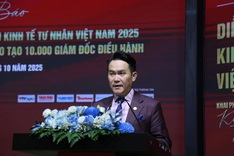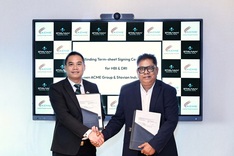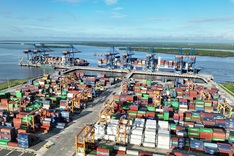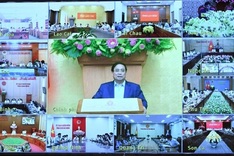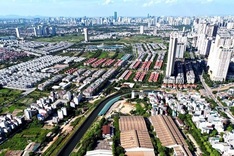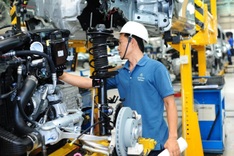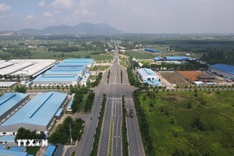The Capital Utilization Plan (CUP) outlines a pathway for increasing ADB’s annual financing commitments from $24 billion in 2024 to exceed $36 billion by 2034. This expanded financing will bolster ADB’s developing member countries’ (DMCs) efforts to address critical development priorities in the region.
“This dynamic plan responds to the changing needs of our region and strengthens the transformative impact of ADB’s work, improving the lives of people and safeguarding our planet,” said ADB President Masatsugu Asakawa. “By utilizing our enhanced lending capacity, the CUP enables us to make strategic investments to address complex challenges while raising the quality and effectiveness of our operations across the region.”
The CUP represents the next step in ADB’s ongoing evolution. It builds on capital management reforms in 2023 that significantly increased ADB’s financing capacity, and on last year’s update of its corporate strategy that set ambitious targets in five focus areas. ADB also strengthened concessional lending and bolstered the Asian Development Fund, the largest source of grants for its poorest and most vulnerable member countries, in its most recent replenishment.
The CUP envisions a sharp increase in ADB’s lending commitments over the next two to three years, supported by an expansion in staff and technical assistance resources, followed by a period of steady and sustained growth. Nonsovereign operations are expected to grow at an accelerated pace, rising from 20% to 27% of commitments over the decade, while sovereign operations will expand at a moderate pace with a more balanced and diverse portfolio.
Over the next decade, ADB’s net income is projected to grow steadily. ADB intends to strategically invest part of this income to help DMCs develop high-quality, bankable projects and mobilize sustainable finance through capital markets. New intended initiatives include a borrowing facility with financial and non-financial incentives to drive investments in resilience and sustainability, and more flexible instruments to enhance project preparation.
ADB will develop operational approaches to guide its future work on private sector development, digital transformation, and regional cooperation and public goods. These initiatives are designed to ensure that ADB meets its corporate targets for 2030. This includes increasing the share of climate finance to 50% of total commitments and reaching total private sector financing of $13 billion, from both ADB’s own financing and direct mobilization, for the year 2030. Progress against the CUP will be reviewed each year to ensure alignment with the region’s evolving needs and priorities.


